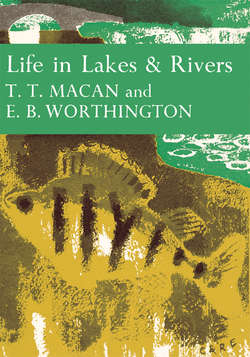Читать книгу Life in Lakes and Rivers - T. Macan T. - Страница 5
EDITORS’ PREFACE
ОглавлениеDr Macan and Dr Worthington, the collaborators in this scholarly and interesting book, have been colleagues for many years. Both are connected with the Fresh-water Biological Association’s laboratory on Windermere in the English lakes.
The subject of life in British lakes and rivers occurred to the Editorial Board early in the planning of the New Naturalist series. No sooner had the idea come to us than we invited Dr E. B. Worthington to be the author of the book. Shortly after he had accepted the invitation, however, he left Windermere to take up an important appointment in East Africa. He suggested, when this happened, that the major task of the book should be taken over by his younger colleague, Dr Macan, and that the final work should be a collaboration of the two of them. The happy result of this suggestion is now before the reader, who will agree that Dr Macan and Dr Worthington have written an admirably lucid and vital book on a somewhat neglected subject.
One of the points made by teachers of ecology in the last twenty years to their students is that the animal and plant community can be readily studied in a pond or a lake. That this is so the authors of this book, which is entirely ecological in its outlook, make quite clear. Moreover, in so far as it can be made simple they make it so. Nevertheless the reader, when he has finished the book, will realize that the solutions of many problems of life in lakes and rivers (solutions which have been often arrived at by workers at Windermere) have only served to create more problems – problems wider and more fundamental than perhaps anybody ever suspected, problems that reach far into the very structure of biology.
First appointed in 1935, Dr Macan returned to Windermere in 1946 after five years as specialist entomologist in the Army. Dr Worthington, well known on account of his explorations of the African lakes, came to Wray Castle as Director in 1937, when that post was first created. Since 1946 he has been Scientific Secretary to the East Africa High Commission, in which position he has been surveying all East Africa in order to ascertain how and where the resources of science might be used to promote prosperity and well-being.
THE EDITORS
